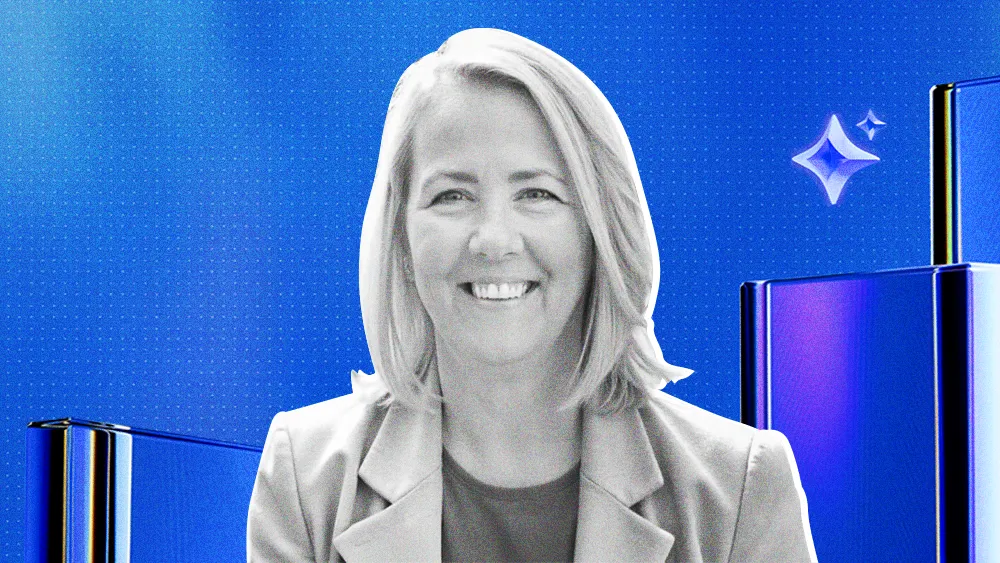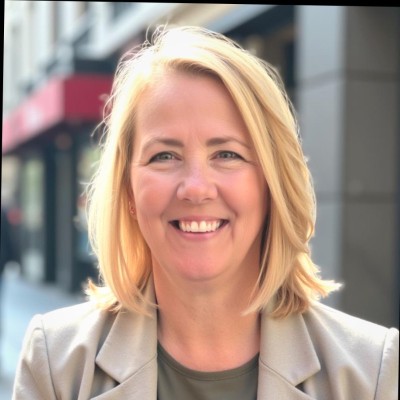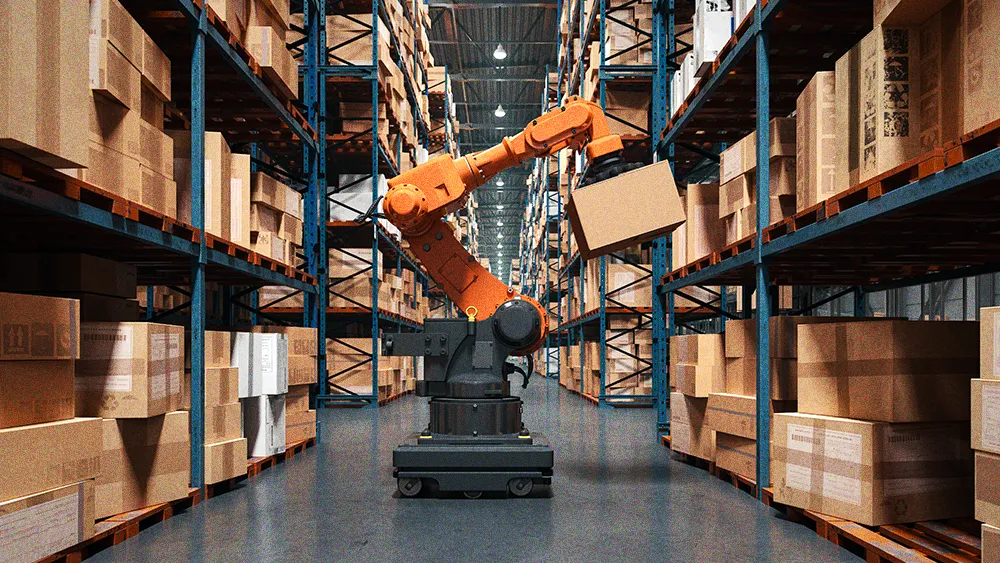
All articles
Escaping the 'Vicious Circle' of AI's Threat to Enterprise Customer Success Teams
Ronni Gaun, a CSM in the financial services sector, describes a destructive loop where AI is used to justify layoffs that set CS teams up to fail.

Key Points
The push for enterprise AI has created a paradox in CS, where the human element of trust has become more critical even as teams are being cut.
Ronni Gaun, a CSM in the financial services sector, describes a destructive loop where AI is used to justify layoffs that set CS teams up to fail.
This pressure is forcing CS to finally quantify its qualitative value, moving from a tactical support function to a strategic one.
Gaun urges practitioners to reframe fear into opportunity and leverage AI to become more strategic, arguing that human-led trust and guidance are irreplaceable.
It's a vicious circle. You cut the CSMs, your remaining CSMs get a higher ratio of accounts, their performance declines, and then that's a reflection on CS as a whole instead of the original decision to decrease the number of CSMs. CSMs are expected to be both the connective tissue and the final safety net when they have very little control or influence on anything else outside of their own work.

AI promised never-before-seen efficiency in CS, but in reality it’s feeding a vicious cycle: leaders cut CSM roles, the rest get overloaded, and performance slips. And when the system inevitably breaks? The CS function CS takes the blame for a failure that was engineered from the top down.
The destructive loop is particularly acute in high-stakes, regulated industries where the pressure to innovate is in direct conflict with the need for airtight compliance and control. The result is a state of paralysis and miscalculation, where the teams meant to guide customers through this new era are themselves being set up to fail.
To unpack this cycle we turned to Ronni Gaun, a Customer Success Leader at a prominent video-first communication platform with deep experience spanning financial services and other highly scrutinized industries where "trust, privacy, compliance, and risk aren’t just checkboxes, they’re the backbone of success." She argued that the industry is caught in a systemic trap of its own making, one that requires a fundamental reframing of how we see both AI and the human teams that wield it.
The operational cycle: "It's a vicious circle," Gaun explained. "You cut the CSMs, your remaining CSMs get a higher ratio of accounts, their performance declines, and then that's a reflection on CS as a whole instead of the original decision to decrease the number of CSMs. It always comes back to being CS's problem. CSMs are expected to be both the connective tissue and the final safety net when they have very little control or influence on anything else outside of their own work."
The practitioner's paradox: This operational failure creates a secondary, psychological trap for the teams on the ground. "We're too busy to improve, but we're being asked to use AI to improve," she added. "And again, another vicious circle."
According to Gaun, this downward spiral stems from a fundamental AI-driven change in CS itself. The role is being pushed to evolve from tactical execution to strategic partnership, a transition many organizations are struggling to manage.
From 'doing' to 'thinking': "We're moving from 'doing' to 'thinking,'" Gaun stated. "In theory, we've always thought that we were strategic and contextual, but in practice, we're much more tactical and linear. AI is going to relieve us of a lot of the 'doing' things, which gives us the opportunity to get into the 'thinking.' This is an opportunity for CS and CS leaders to put our money where our mouth is and really be strategic in the true sense of the word."
This transition is being stress-tested in the high-stakes arena of financial services. The sector faces unique pressures around governance and competitive advantage, making AI adoption a delicate balancing act. Gaun described how this conflict plays out daily, as firms grapple with a paralyzing fear of risk on one hand and a desperate fear of being left behind on the other.
A weird dichotomy: "Firms are trying to avoid fines and negative impacts to their reputation. AI is really loose, and that does not sit well in these kinds of organizations," Gaun noted. "At the same time, they watch what the other one's doing. They don't want to blaze the path, but they also don't want to miss out. It's a really weird dichotomy."
The reason CS is so vulnerable to the "vicious cycle" is a pre-existing condition: a long-standing identity crisis. Unlike sales or marketing, which have clearly defined, quantifiable outcomes, CS has often struggled to articulate its value, making it an easy target for cuts in the age of automation.
An identity crisis: "In customer success, we've always had an identity crisis. We have never really put our stake in the ground like sales, where people sell, or marketing, where they have a specific outcome they need to generate," she said. "Because of that, people outside of CS are questioning whether the role is still necessary, saying, 'Well, a CSM is just doing digital paper-pushing. AI can do that. We need fewer CSMs.' And what's happening now is we're being forced to quantify the qualitative, which has always been the bread and butter of CS."
For Gaun, the antidote to this machine-driven uncertainty is profoundly human. As AI automates the tactical, the strategic value of the CSM role crystallizes around one core element that cannot be replicated by an algorithm.
The currency of trust: "Trust is probably one of the most important pieces of CSMing in this AI world," she asserted. "Relationship management and sharing experiences with other organizations isn't new. But when you add AI as a layer to it, the trust becomes exponentially more important than ever before."
Navigating this new landscape, Gaun concluded, requires more than just new tools or processes. It demands a fundamental change in mindset, a conscious choice to move from a defensive crouch to a proactive embrace of the inevitable.
"We have to reframe the fear into opportunity. It's not going away, so embrace it. Do all you can to learn how to best leverage it to be the best version of yourself in your job and in your life, because it's going to be everything. It is nearly everything now. Don't run from it. It's going to catch you."





